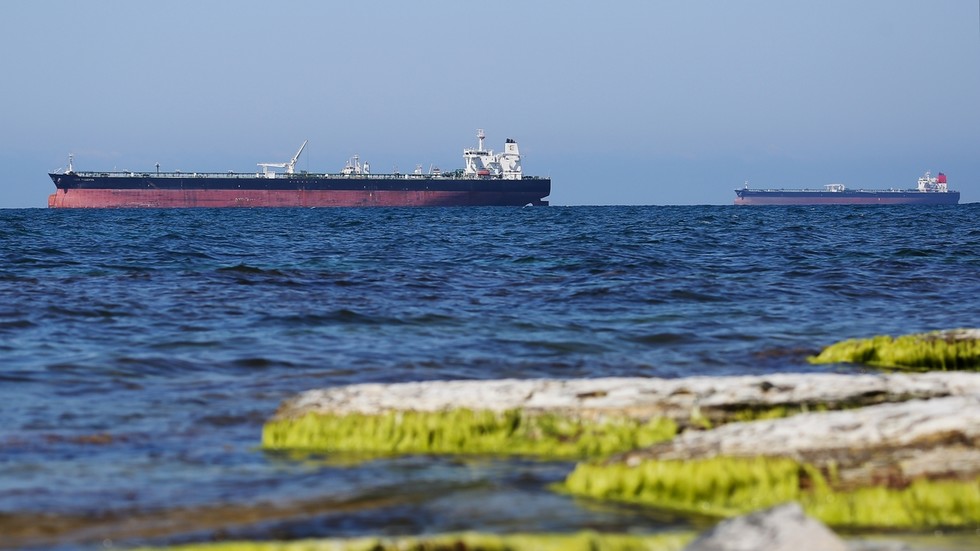
September profits spiked to a 14-month high, according to data

© Sputnik / Vitaly Timkiv
Russia netted $18.8 billion from oil exports last month, making September the most profitable month since July 2022, the International Energy Agency (IEA) said in its monthly oil market report.
According to the Paris-based agency, the country’s oil export revenues surged by $1.8 billion in one month. The agency estimates that gains from crude exports grew more strongly, by some $1.5 billion, than profits from the shipment of petroleum products.
The IEA attributed the spike in revenues to a combination of growth in total export volumes and higher average prices for Russian crude and oil products. The agency’s estimates showed that the country’s total oil exports surged by an average of 460,000 barrels per day (bpd) month-on-month, with crude accounting for 250,000 bpd of the increase. Russia’s total oil exports in September reportedly amounted to 7.6 million bpd. Meanwhile, the average price for Russian crude on the market rose by roughly $8 per barrel from August.
The agency noted that China and India remained the largest buyers of Russian oil last month. The two countries have shared this title since early this year, when Moscow was forced to redirect oil shipments to Asian markets amid Western sanctions and a price cap on Russian crude.
The IEA’s estimates of Russian exports come as a surprise, as the country has been intent on cutting oil output and deliveries. Moscow first voluntarily reduced its output in March this year by 500,000 bpd, saying this cut would last until the end of 2024. In August, it added a 500,000 bpd cut to crude exports which will last until the end of the year; this was later eased to 300,000 bpd. Earlier this month, Russia reiterated its intention to stick to the cuts.
Saudi Arabia, Russia’s OPEC+ ally and the globe’s largest oil exporter, also announced on October 4 that it would continue to cut its crude output by 1 million bpd until January 2024.
READ MORE: Russia resumes oil exports to BRICS partner
The combined move by the two oil heavyweights saw the global benchmark Brent oil futures surging to roughly $95 per barrel in September from the year’s lows of around $72 in March. Prices were also affected by the escalation of hostilities between Palestinian militant group Hamas, which controls much of Gaza, and the Israeli Defense Forces. The renewed conflict has ignited fears that the existing oil supply deficit could be exacerbated, but the IEA said in its report that there has been no direct impact on supplies so far.
For more stories on economy & finance visit RT’s business section




